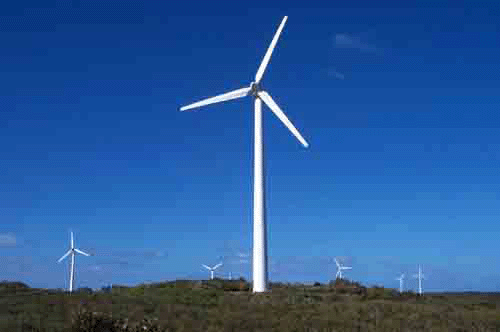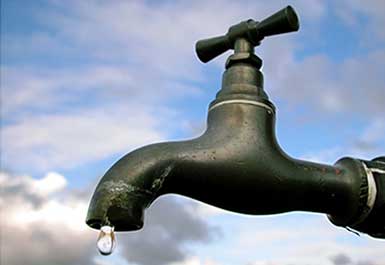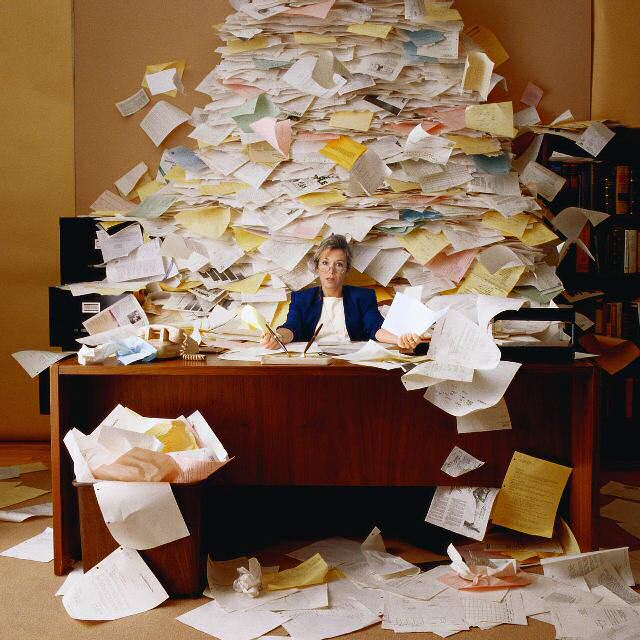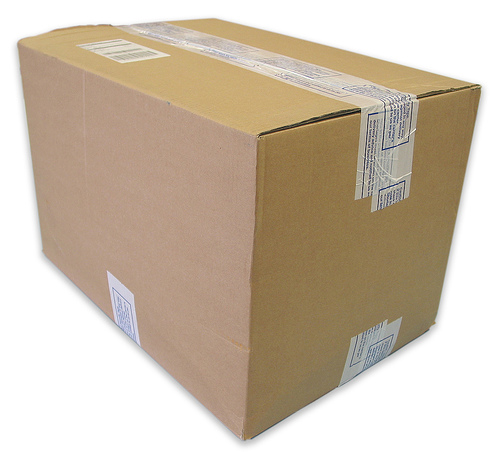
The supersized retailer has announced it has purchased wind energy which will “supply up to 15 percent of the retailer’s total energy load in approximately 360 Texas stores and other facilities.”
Wal-Mart will be purchasing the wind power from a Duke Energy wind farm and it hopes to be able to use the wind power beginning in April 2009.
According to the retailer’s news release:
“The project will provide roughly 226 million kilowatt-hours (kWh) of renewable power each year or the energy equivalent of washing 108 million loads of laundry -- enough for every household in Austin, Texas to do laundry for a year. By purchasing this amount of clean, renewable energy, Wal-Mart will avoid producing more than 139,000 metric tons of carbon dioxide (CO2) emissions per year. This is equal to taking approximately 25,000 cars off the road or eliminating the CO2 produced by 18,000 homes annually.”
That should put a big ol’ grin on the yellow smiley face
***
We may have hoorayed too soon last week when we touted how cost-effective recycling can be. Turns out the market for commodities such as paper and glass has dried up with the rocky economy and what was once a cash cow for recyclers now sits stockpiled until the market returns.
“Recycling centers that have enjoyed unusually high prices for their “products” the last two years are now, in some instances, having to pay to have the material carted away.
“As a result, recycling centers that have the room are stockpiling items that are usually in demand, such as newsprint, corrugated cardboard and tin, until the market rebounds.”
Corrugated cardboard once brought $150 a ton. Now a recycler is lucky to receive $10-$45.
And newsprint? Now $40 a ton, also down from the $150 per ton it also commanded $150 not too long ago.
[ add comment ] ( 46 views ) | [ 0 trackbacks ] | permalink |




 ( 3 / 1076 )
( 3 / 1076 ) Here’s a company that took its effort to reduce its carbon footprint to new levels.
Greenbiz.com reported on November 17 that a floor covering manufacturer in Atlanta called Interface decided to take another look at reducing its emissions.
The article interviews and quotes Jim Hartzfeld, an Interface Raise (Interface’s “sustainable consulting unit”) managing director. According to the story:
“So, Hartzfeld picked a day to pull all of the dumpsters into the parking lot and empty them out. He then had employees wade through the trash to see what they were throwing away and categorize it into piles. They found plastic containers, broken wooden pallets and dozens of other materials that had the potential for reuse.
"’It got us talking about how we could keep these materials from becoming waste by using them in some productive way,’ he said.”
The article doesn’t mention what the Interface employees came up with, which is a shame.
However, the article mentions another company, Melavar, "a sustainable real estate company based in Savannah, GA," which discovered yet another often-overlooked way to save money and conserve a precious resource – water – by replacing the company’s bathroom faucets.

Quoting, Tommy Linstroth, director of sustainability, the article says:
“‘The flow rate on most bathroom faucets is 2.2 gallons per minute,’ Linstroth says. "That's the same amount of water you use to take a shower. It's a ridiculous and unnecessary overuse.
“Melavar replaced all of its bathroom faucet aerators -- which control water flow -- with 0.5 gallon per minute versions, although Linstroth notes that aerators come in a range of flow rates. Aerator cost $2 to $3 and are screwed right on to the faucet, making them as easy to change as a light bulb.
"’For $3 per faucet, we curtailed our water use by 50 to 75 percent. If every employee washes their hands three times a day, that's a substantial amount of water savings over a year,’ he says. ‘This is a no-brainer.’"
We suggest you take a look at the article. It will help you take a second and third look at how your company can have less impact on the environment.
[ 1 comment ] ( 55 views ) | [ 0 trackbacks ] | permalink |




 ( 3 / 998 )
( 3 / 998 ) 
Photo courtesy document-management-software.com
If this article doesn’t convince you to use less paper and recycle more of it at your place of work, well...
The Guardian writer Tony Juniper states that “...paper is everywhere. We use more and more of it and its impact is huge.”
How huge?
“Paper manufacture consumes vast quantities of water. Chemicals are used to boost fast-growing monoculture plantations, and pulp mills discharge huge quantities of chemicals. In terms of energy consumption in its production, paper equals steel.
Combine this with deforestation and emissions from landfill and we find that the pulp and paper industry contributes around 10% of global carbon emissions – that's about three times global aviation emissions.”
Juniper goes on to site a Xerox study that found that office workers trash a massive 45 percent of the paper printed each day. Each. Day.
He references another study by ForestEthics that states
“Greenhouse gases created each year by junk mail are the annual equivalent of more than nine million cars. The average car travels 12,000 miles per year -- as opposed to junk mail, which gets us nowhere.”
Adds Juniper:
“While we are increasingly aware of the emissions from our cars, how many people are cutting down on paper? How many companies correctly account for their paper footprint in their CRS reports?”
What can you and I do? Well, Juniper says, we can “[s]tart by not printing this post, or indeed anything else, unless it’s absolutely necessary.”
We second that idea.
[ add comment ] ( 41 views ) | [ 0 trackbacks ] | permalink |




 ( 3 / 968 )
( 3 / 968 ) Personally, we like to recycle. So long as it’s not too much work.
Sound familiar? After all, at least in our town, we can’t just put the paper products in the big blue bin with the plastic and the glass. Noooo. We have to place the paper and the cardboard (and we must open all boxes and flatten those things Flat with a capital F!) and place them in a separate plastic or paper bag.
It’s work. And sometimes, well, we’re lazy and we just throw the gosh darn paper product in with our regular trash.
After all, we justify to ourselves, recycling doesn’t really have a positive impact on reducing the amount of junk in landfills (we say, because we remember reading it somewhere sometime).
Or does it?
Well, PopularMechanics.com says recycling does have a positive impact on keeping trash out of landfills.
Here’s an item that warmed our lazy, but guilt-ridden hearts for all the times we didn’t separate the paper from the blue bin: Don't the trucks used to pick up the recyclable materials from your sidewalk emit more pollutants into the air than are saved by recycling? Well...
“‘You're going to collect waste one way or another,’ points out Jeff Morris, a Washington-based environmental consultant. A recycling program should allow garbage collection to become less frequent (or to use fewer trucks), offsetting the cost and energy involved. Plus, new truck designs can collect both recycling and garbage (at different times), avoiding the huge capital expense of an extra fleet. They can also self-dump specially designed bins, saving time and manpower.”
Read the whole article, titled “Recycling Myths: PM Debunks 5 Half Truths about Recycling.” In addition to the myth busted above, we also liked the debunking of myth number 3, that you and I must place the paper in a different bin than our plastics, otherwise recycling must be done by hand and that’s, well, wasteful:
“These days, processors are beginning to move toward "single-stream" material recovery facilities, which allow homeowners to dump all their recycling in one bin and rely on machines to do the dirty work. According to Eileen Berenyi, a consultant who studies solid waste management, the number of single-stream facilities in the U.S. jumped from 70 in 2001 to 160 in 2007.”
Hallellujah! Let my blue bin full of glass and plastic say hello to my newspapers!!!!
***

Here’s a spiffy online tool to help green your office environment. It’s brought to us by the Environmental Protection Agency at its ENERGY STAR site . Called ENERGY STAR @work, it’s an animated, interactive office cubical. Click on the stars scattered about the piece and you’ll learn nifty tidbits about how to make your office space more energy efficient.
[ add comment ] ( 91 views ) | [ 0 trackbacks ] | permalink |




 ( 3 / 1002 )
( 3 / 1002 ) Amazon believes it’s built a better shipping package. One that’s more environmentally friendly, to boot.
The online behemoth calls it “frustration-free packaging.” It calls it “an initiative designed to make it easier for customers to liberate products from their packages.” (We must admit, we rather like the “liberate products from their packages” phrase, because, after all, who hasn’t felt the pain of taking a large toy from its packaging, as demonstrated in this little video Amazon put together to demonstrate its new product.)
The new packaging will be used to ship 19 products from such manufacturers – mostly toy manufacturers – as Fisher-Price, Mattel and a few others.
One of the toys to be packaged in the new box is the Fisher-Price Imaginext Adventures Pirate Ship (the one featured in the video). According to the Amazon news release, the new packaging for this toy
“eliminates 36 inches of plastic-coated wire ties, 1,576.5 square inches of printed corrugated package inserts and 36.1 square inches of printed folding carton materials. Also eliminated are 175.25 square inches of PVC blisters, 3.5 square inches of ABS molded styrene and two molded plastic fasteners.”
What’s more, the “frustration-free” box can be re-used as a great garage for your child’s miniature trucks, or reconfigured into an addition to the cardboard doll house.
And we all know that the boxes the toys come in make the best playthings for imaginative children anyway....

(from www.flickr.com/photos/ahhyeah/454494396/)
[ add comment ] ( 59 views ) | [ 0 trackbacks ] | permalink |




 ( 0.5 / 150 )
( 0.5 / 150 ) 


 Looking for a Green Office Solution?
Looking for a Green Office Solution?